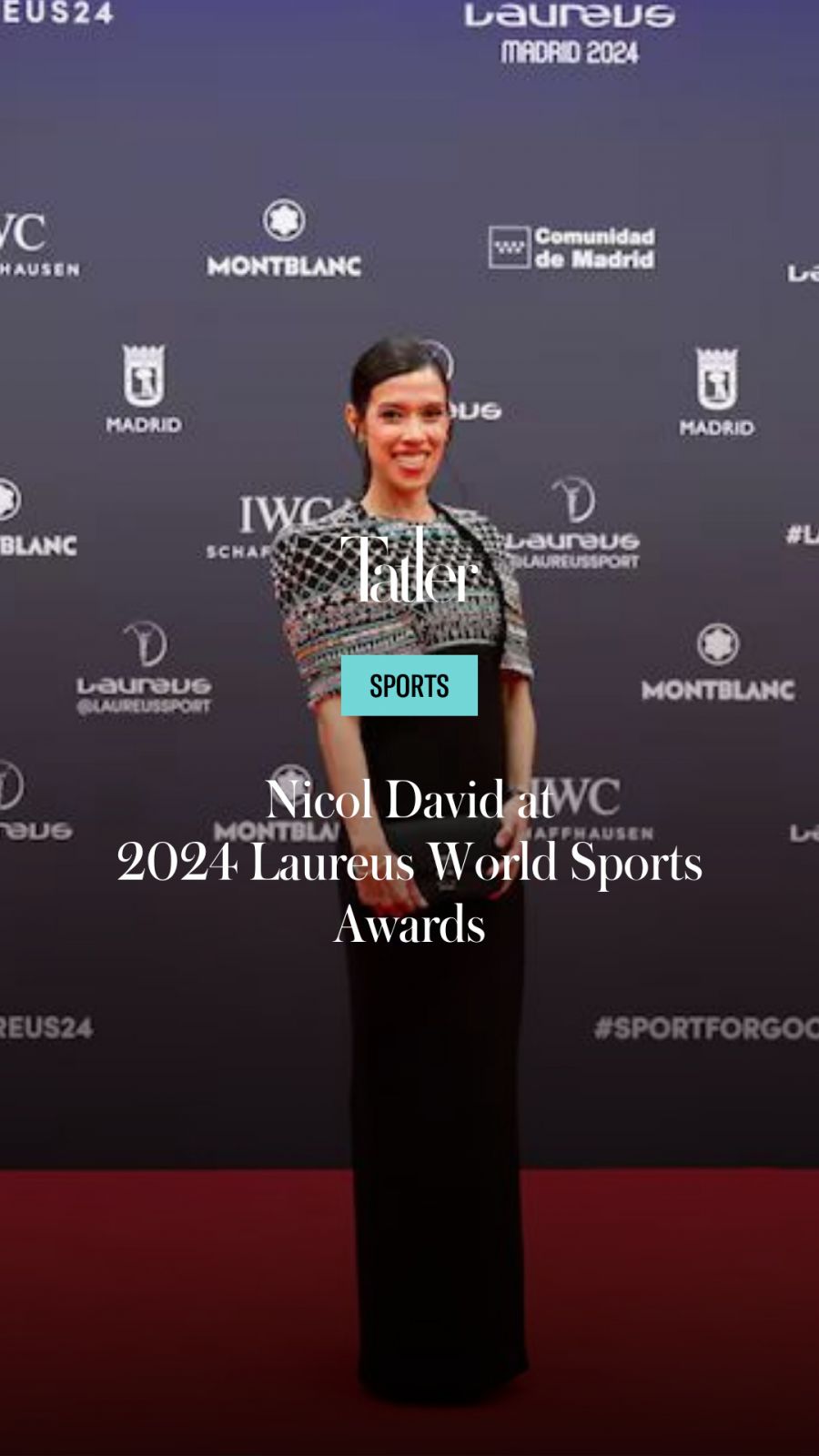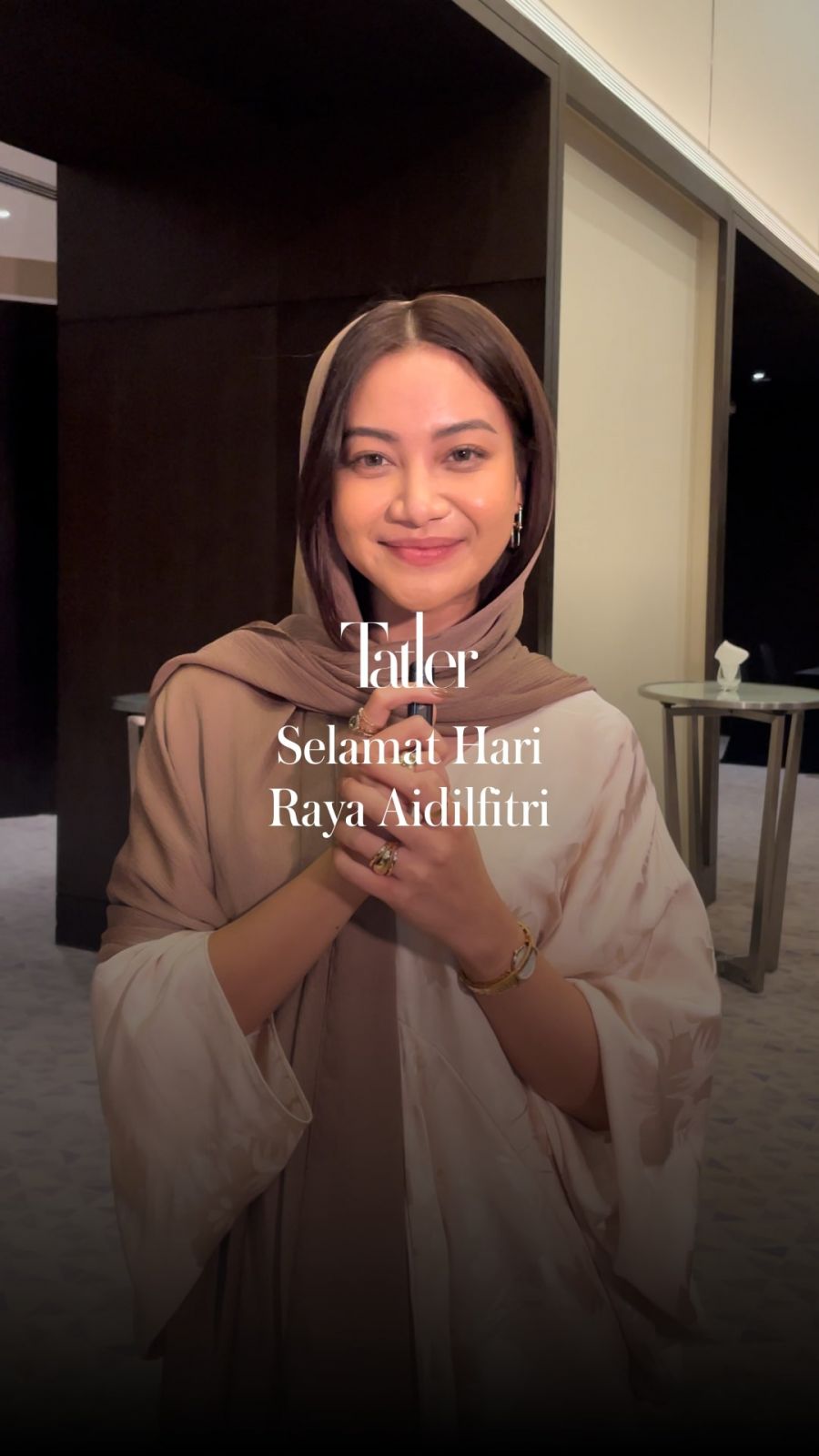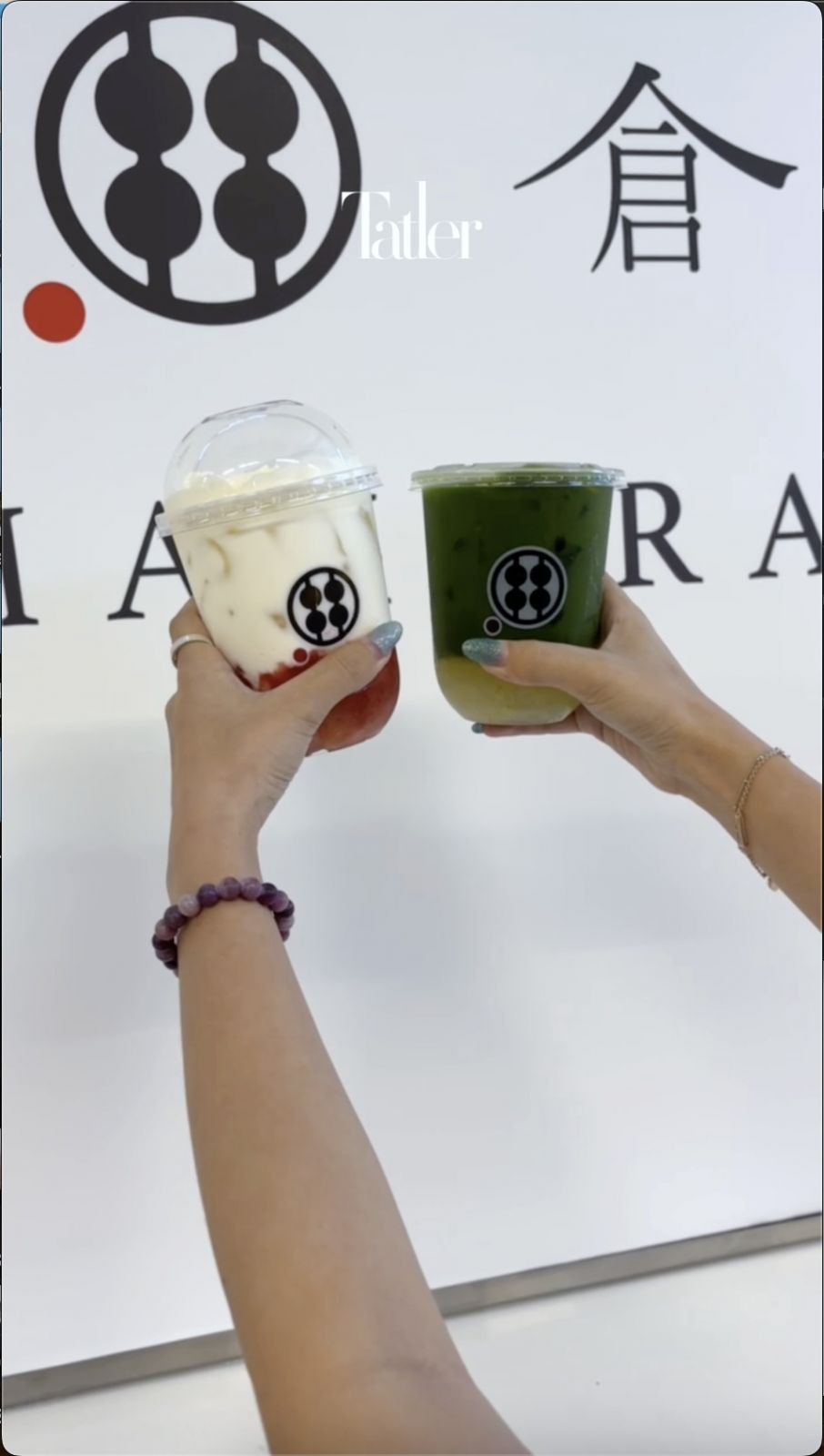Newly appointed managing director of Microsoft Malaysia Laurence Si brings 30 years of experience to the role
In July, experienced software professional Laurence Si was named managing director of Microsoft Malaysia and brings a plethora of experience and skill to his current position. Before joining Microsoft, he occupied executive roles in well-known businesses like Lucent, Cisco, VMware, and Amazon Web Services (AWS).
Read more: Microsoft’s RM10.5 billion investment boosts Malaysia’s cloud and AI capabilities
With his broad experience and industry knowledge, he is well-positioned to promote innovation and growth in several Malaysian sectors, including the public sector, small and medium-sized enterprises, enterprise businesses and the developer and startup ecosystem. Here is Si, in his own words, expressing his philosophy behind leadership and where he hopes to take Microsoft next.


How have your diverse experiences in the technology industry shaped your leadership style at Microsoft Malaysia?
I’ve been in the technology industry for over 30 years. Throughout my career, I have witnessed several major technological disruptions. From the internet revolution in the 1990s to the introduction of the smartphone in 2007, the rise of social media in the early 2010s and the rapid advancements in AI. These disruptions are occurring increasingly frequently; what used to take a decade now happens in just three to five years. For instance, AI technology has seen massive leaps forward within a year.
What I’ve learned from these experiences is the critical importance of adaptability. The technology landscape can be very uncomfortable without the right mindset. Embracing a growth mindset is essential; one must remain curious and eager to learn continuously. It’s crucial to recognise that what you knew in your last role may not be relevant in the next and you must be prepared to acquire new skills accordingly.
While it’s important to retain the valuable experience one has gained over the past 20 to 30 years, it’s equally vital to unlearn and relearn continuously. This process of learning and unlearning isn’t just for the initial months in a new role but is an ongoing necessity, given the fast pace of technological change and evolving business models. This aligns with our values at Microsoft and with my team in Malaysia, I emphasise this approach, encouraging my team to stay agile, curious and open to new learning opportunities to navigate the ever-changing tech landscape effectively.
How do you foster a culture of empathy and inclusion at Microsoft?
Empathy and inclusion have been integral to Microsoft’s culture from the very beginning, and these values were a major draw for me to join the company. Rather than just fostering these principles, my focus is on ensuring they remain at the core of everything we do. Both these values go hand in hand; you can’t have one without the other.
Empathy involves listening and understanding others, while inclusion is about engaging with both customers and employees in meaningful ways. It is about flattening the organisational structure to facilitate open communication, ensuring that everyone can freely share their ideas and perspectives. Even though there is a hierarchy, our goal is to create an environment where communication and engagement are as seamless as possible.









